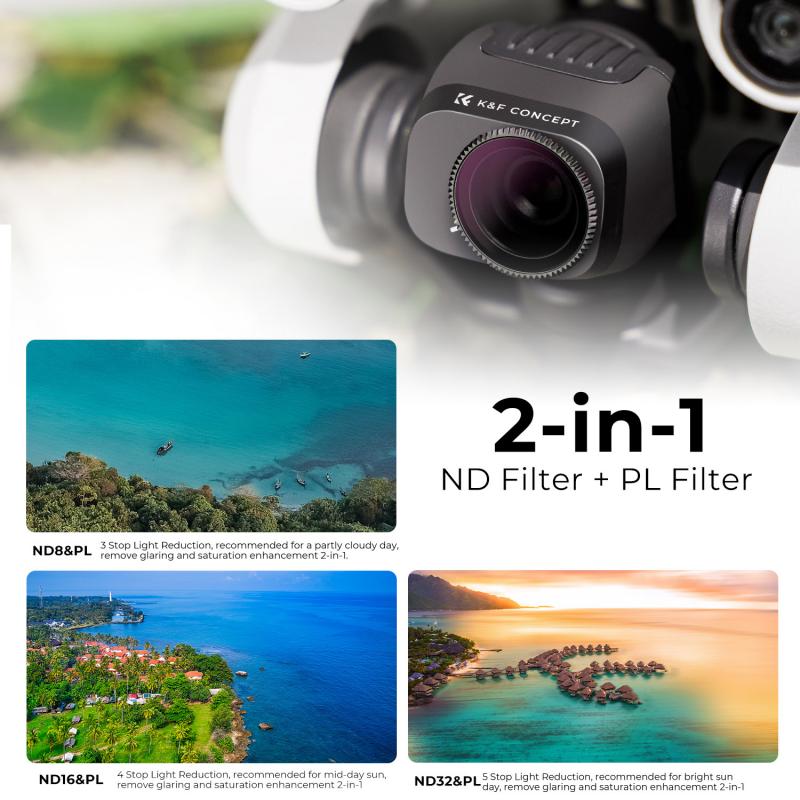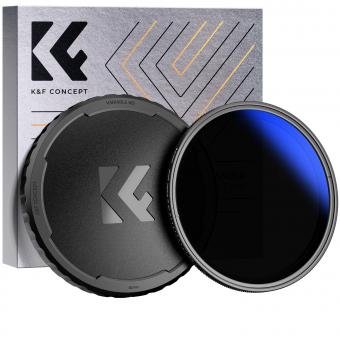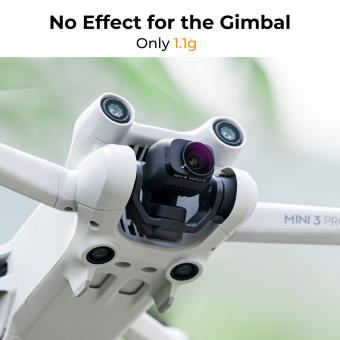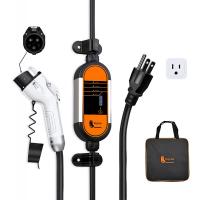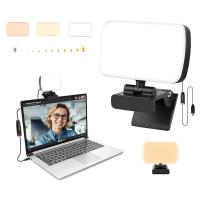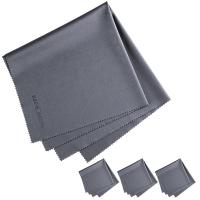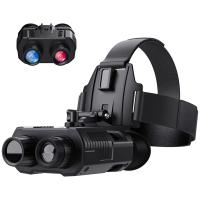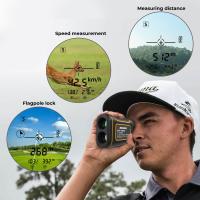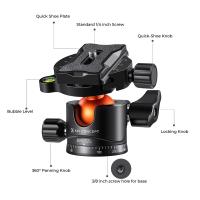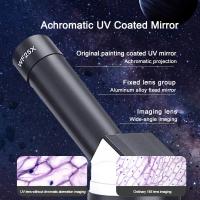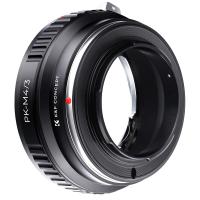What Nd Filter To Use For Waterfalls ?
A neutral density (ND) filter with a strength of 6-10 stops is typically recommended for photographing waterfalls. This allows for a longer exposure time, which can create a smooth, silky effect on the water. The exact strength of the ND filter needed will depend on the lighting conditions and desired effect. It's also important to use a tripod and remote shutter release to minimize camera shake during the longer exposure.
1、 ND filter basics for waterfall photography
ND filter basics for waterfall photography:
When it comes to photographing waterfalls, using an ND (neutral density) filter is essential to achieve the desired effect. ND filters reduce the amount of light entering the camera, allowing for longer exposure times without overexposing the image. This results in a smooth, silky effect on the water, creating a dreamy and ethereal look.
The strength of the ND filter you should use depends on the lighting conditions and the effect you want to achieve. For bright, sunny days, a stronger ND filter (such as a 6-stop or 10-stop) is necessary to achieve longer exposure times. On cloudy or overcast days, a weaker ND filter (such as a 2-stop or 3-stop) may be sufficient.
It's important to note that using an ND filter will also affect the overall exposure of the image, so adjustments to aperture and ISO may be necessary to achieve the correct exposure.
In recent years, some photographers have also started using variable ND filters, which allow for adjustable strength by rotating the filter. However, it's important to note that these filters can sometimes result in a loss of image quality or color cast, so it's important to invest in a high-quality variable ND filter if you choose to use one.
Overall, using an ND filter is a crucial tool for waterfall photography, allowing for creative control over exposure and achieving the desired silky effect on the water.
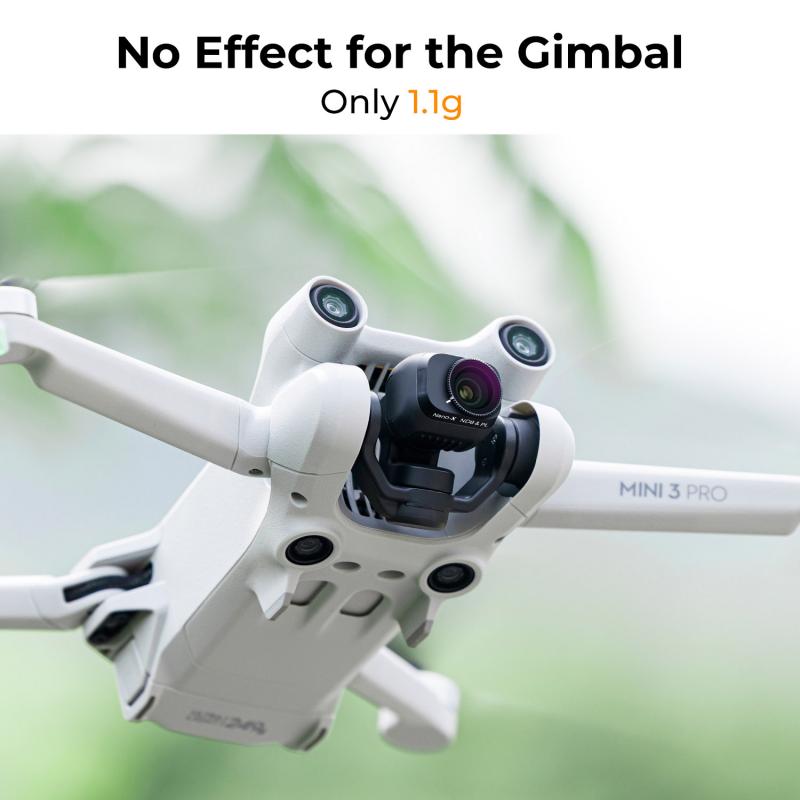
2、 Choosing the right ND filter strength for waterfalls
Choosing the right ND filter strength for waterfalls is crucial to achieving the desired effect in your photographs. ND filters, or neutral density filters, are designed to reduce the amount of light entering the camera lens without affecting the color balance. This allows you to use slower shutter speeds, which can create a beautiful, silky effect on moving water.
The strength of the ND filter you choose will depend on the lighting conditions and the effect you want to achieve. For example, if you are shooting in bright sunlight, you may need a stronger ND filter to achieve a longer exposure time. On the other hand, if you are shooting in overcast conditions, a weaker ND filter may be sufficient.
When it comes to waterfalls, a popular choice is the 6-stop ND filter. This allows for a shutter speed of around 1-2 seconds, which can create a beautiful, smooth effect on the water. However, some photographers prefer to use even stronger ND filters, such as the 10-stop or 15-stop, to achieve longer exposure times and more dramatic effects.
It's important to note that the strength of the ND filter you choose will also affect the amount of detail and sharpness in your image. Stronger ND filters can sometimes result in a loss of sharpness or detail, so it's important to experiment with different strengths and find the right balance for your specific situation.
In conclusion, choosing the right ND filter strength for waterfalls requires careful consideration of the lighting conditions and the desired effect. The 6-stop ND filter is a popular choice, but stronger filters can also be used for more dramatic effects. Experimentation is key to finding the right balance between exposure time, sharpness, and detail.
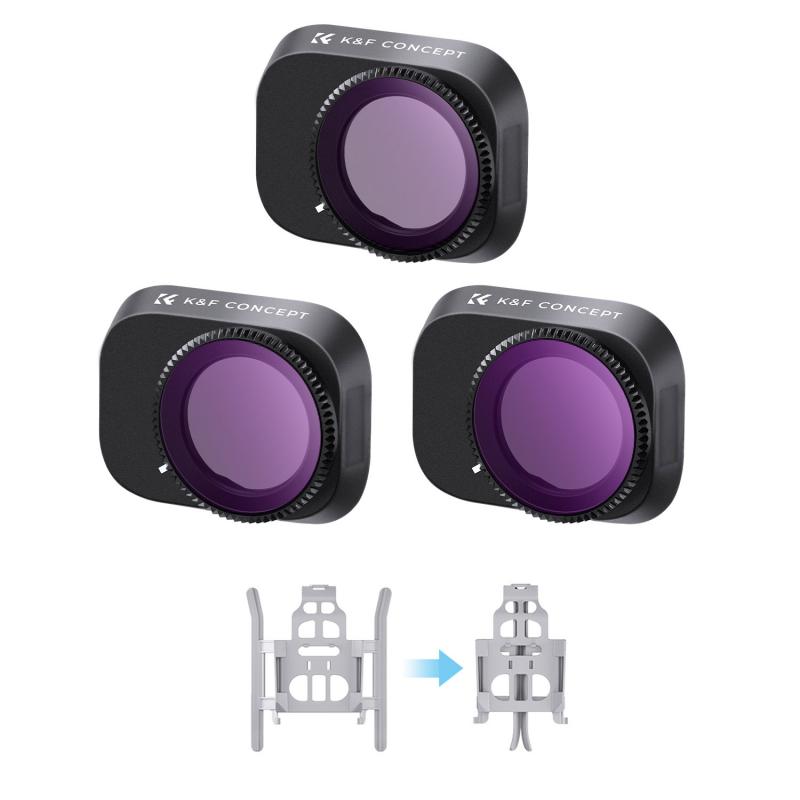
3、 Using ND filters to create long exposure effects on waterfalls
Using ND filters to create long exposure effects on waterfalls has become a popular technique among landscape photographers. The purpose of using ND filters is to reduce the amount of light entering the camera, which allows for longer exposure times without overexposing the image. This results in a smooth, silky effect on the water, creating a dreamy and ethereal look.
When it comes to choosing the right ND filter for waterfalls, it depends on the lighting conditions and the desired effect. A general rule of thumb is to use a 6-stop or 10-stop ND filter for waterfalls during the day. However, if the lighting conditions are particularly bright, a 15-stop ND filter may be necessary to achieve the desired effect.
It's important to note that using ND filters can also affect the color temperature of the image, resulting in a cooler or warmer tone. To avoid this, it's recommended to use a high-quality ND filter that is specifically designed to maintain color accuracy.
In recent years, there has been a growing trend towards using variable ND filters for waterfalls. These filters allow for adjustable light reduction, making it easier to fine-tune the exposure time and achieve the desired effect. However, it's important to note that not all variable ND filters are created equal, and some may result in color cast or vignetting.
Overall, using ND filters to create long exposure effects on waterfalls can add a unique and artistic touch to landscape photography. With the right filter and technique, photographers can capture stunning images that showcase the beauty and power of nature.
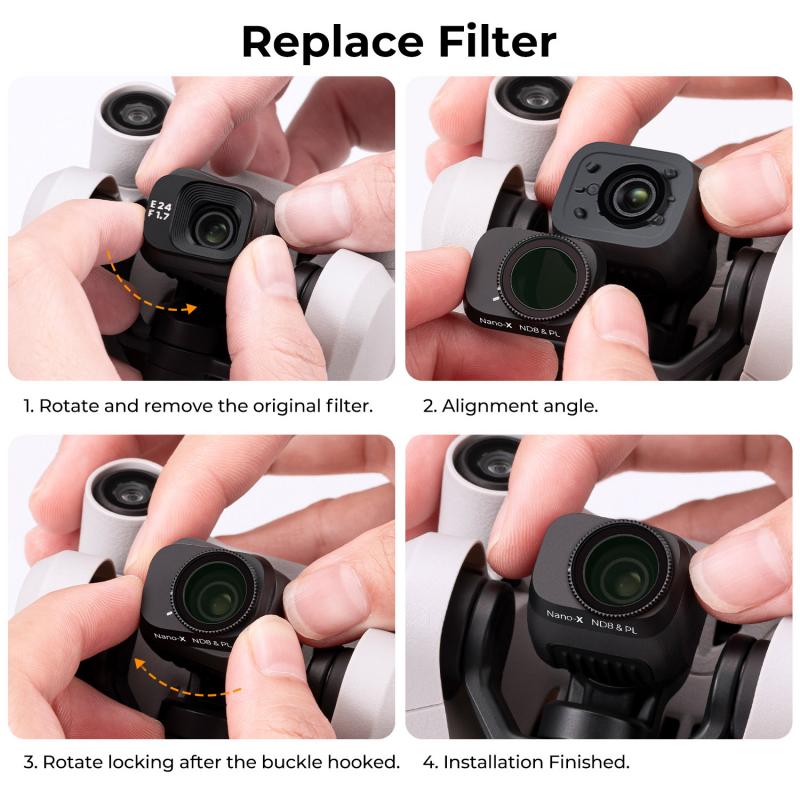
4、 ND filter techniques for capturing details in bright waterfall scenes
ND filter techniques for capturing details in bright waterfall scenes are essential for photographers who want to capture stunning images of waterfalls. Waterfalls are one of the most popular subjects for landscape photographers, but they can be challenging to capture due to the bright light and fast-moving water. ND filters are a great tool for photographers to control the amount of light entering the camera and create stunning images of waterfalls.
When it comes to choosing the right ND filter for waterfalls, it depends on the lighting conditions and the desired effect. A 3-stop ND filter is a good starting point for most waterfall photography, as it will reduce the amount of light entering the camera and allow for longer shutter speeds. This will create a smooth, silky effect on the water, which is a popular technique for waterfall photography.
However, if the lighting conditions are particularly bright, a 6-stop or 10-stop ND filter may be necessary to achieve the desired effect. These filters will allow for even longer shutter speeds, creating a more dramatic effect on the water.
It's important to note that using an ND filter will also affect the overall exposure of the image, so it's important to adjust the aperture and ISO accordingly to maintain proper exposure.
In conclusion, ND filters are an essential tool for capturing stunning images of waterfalls. Choosing the right ND filter depends on the lighting conditions and desired effect, but a 3-stop ND filter is a good starting point for most waterfall photography. As technology advances, new ND filter techniques may emerge, so it's important for photographers to stay up-to-date with the latest developments in the field.
